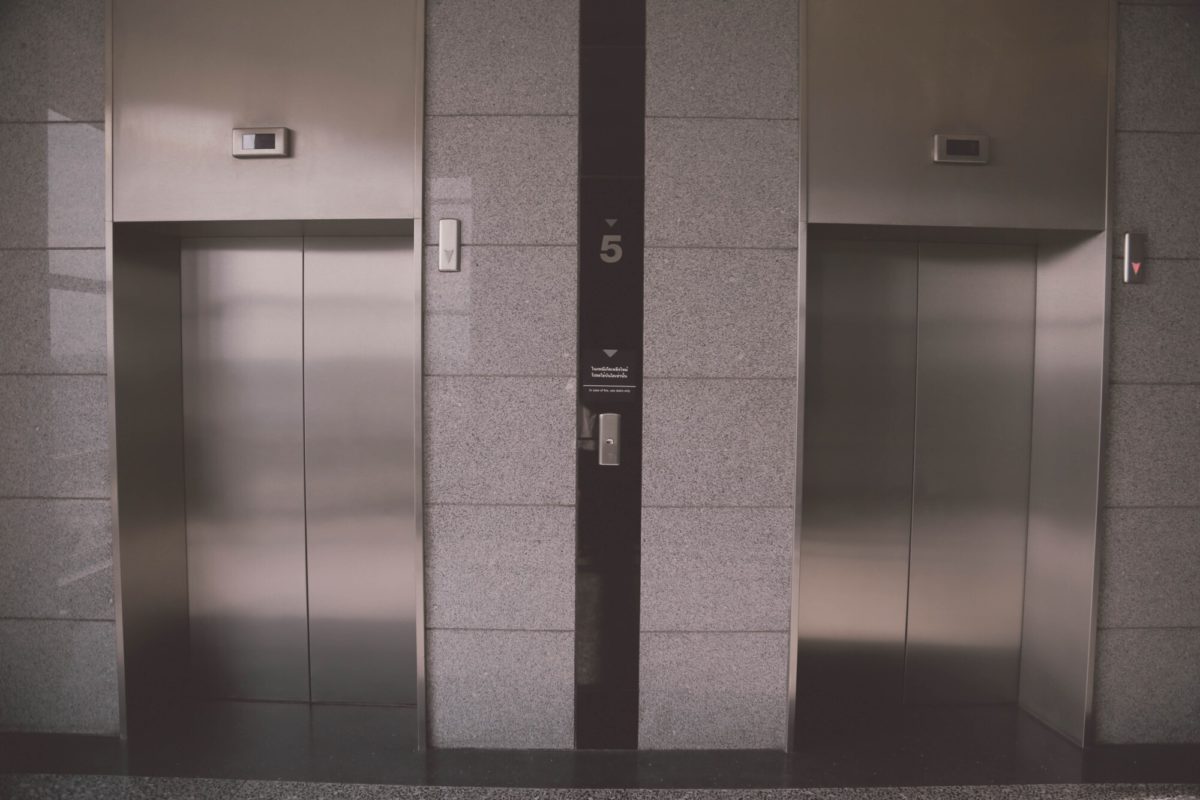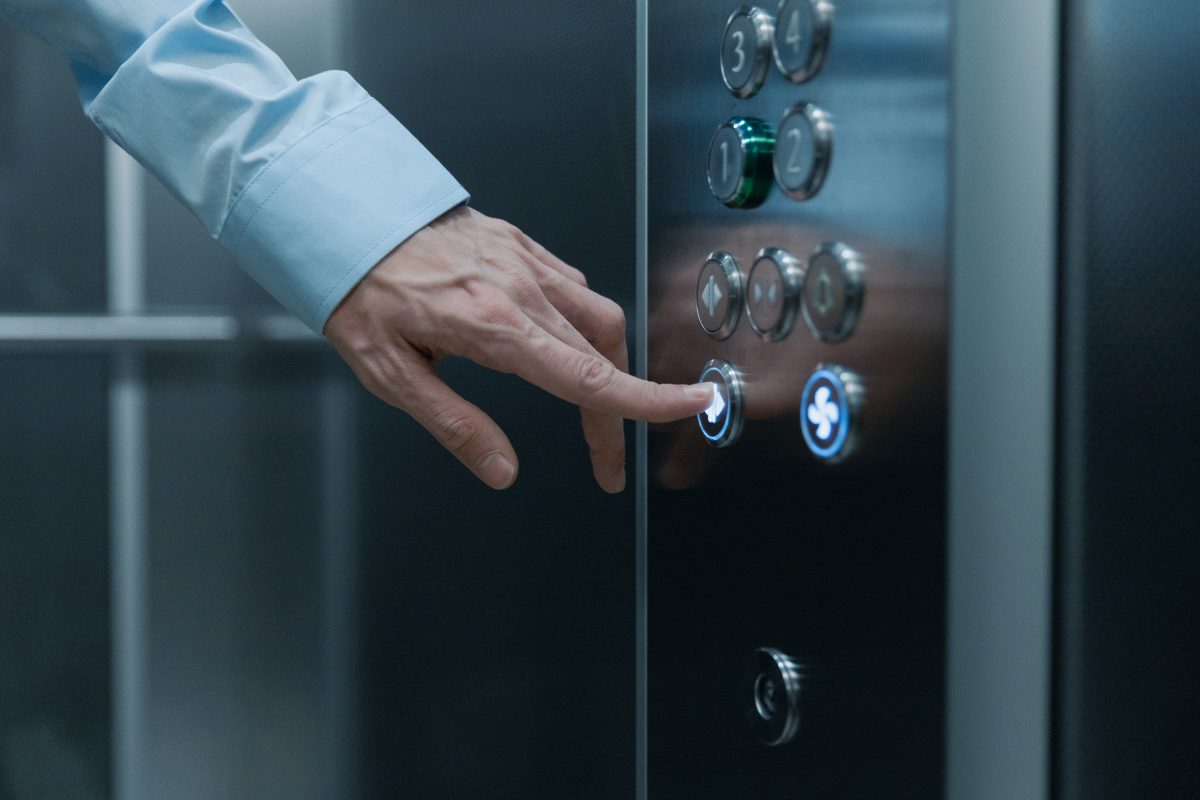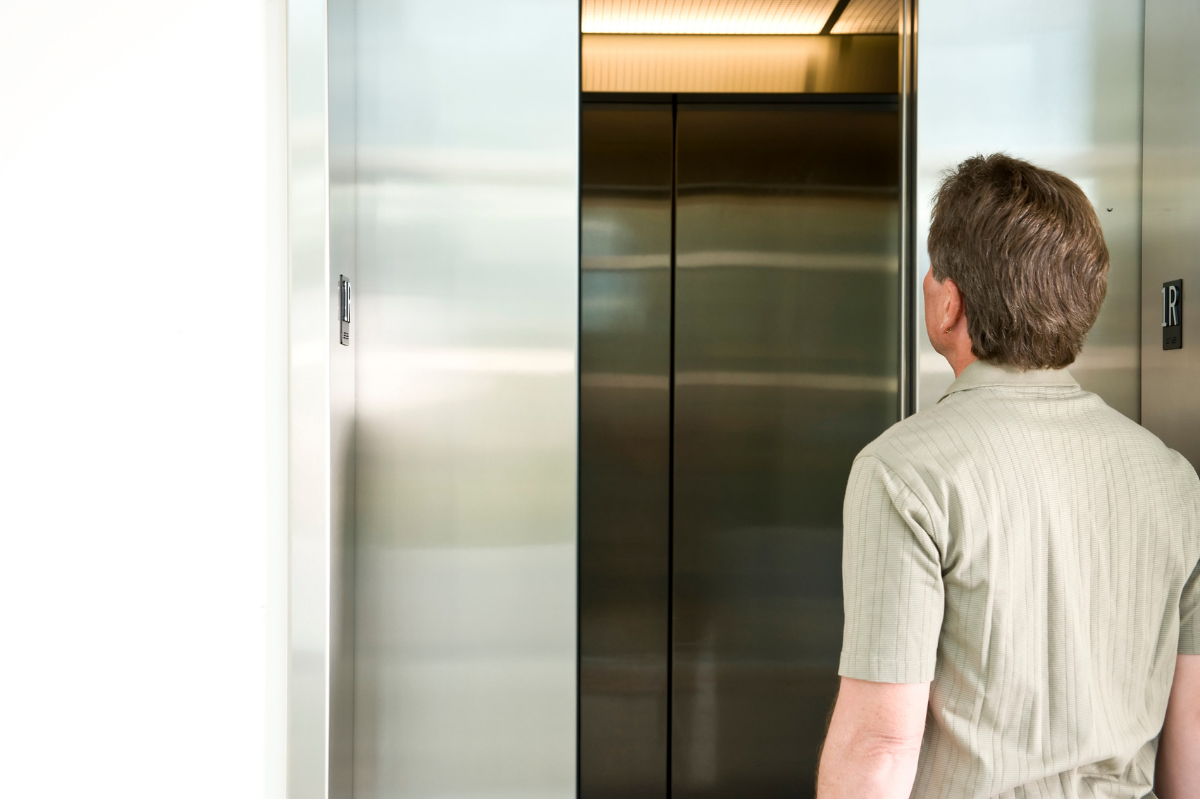If your commercial building has multiple floors, you should consider installing an elevator to enhance accessibility for your tenants and customers. This is a requirement by the Americans with Disabilities Act (ADA) law and it is best to comply and avoid possible legal issues.
If you have an upcoming commercial elevator installation, you must plan your project before implementation to ensure proper functionality and meet safety codes. Read this quick guide for what to expect.
Your Building’s Support and Structure Evaluation
Assessing the support and structure of your building determines the feasibility and safety of the installation. The process involves evaluating the current state of the property. This includes assessing the layout, design, and materials used to check if your building can support the weight and size of an elevator.
During the evaluation, a professional will assess the load-bearing capacity of the foundation, walls, and floors. They will consider the elevator shaft size, location, and possible structural challenges hindering installation.
If the professional deems your building suitable for an elevator installation, they will create a detailed plan for the project. Considerations include the elevator size, shaft, components, and necessary modifications to your building’s structure.
Guide Rails and Rail Brackets Installations
Guide rails are the vertical tracks that guide the elevator car as it moves up and down the shaft. They attach to the shaft’s walls, allowing the elevator car to stay on course without swaying or drifting.
Rail brackets secure the guide rails to the shaft’s wall. With a robust design, they can withstand the elevator car’s weight and the forces from its movement. Here are the steps to install guide rails and rail brackets during your commercial elevator installation:
- Measuring the guide rail length and cutting it to size based on the elevator’s specifications
- Positioning the guide rails in the shaft to make them parallel to each other and level
- Marking the location for the rail brackets on the shaft’s wall
- Drilling holes in the marked areas for the rail brackets
- Securing the rail brackets to the shaft’s wall using the appropriate hardware
- Attaching the guide rails to the rail brackets and adjusting them as necessary
Elevator Drive Fitting
The drive allows the elevator car to move up and down the shaft and involves the following steps to install:
- Installing the drive machine on the top or bottom of the elevator shaft
- Attaching the drive belt or chain to the drive mechanism and the elevator car
- Connecting the drive mechanism to the elevator’s control system
- Testing the drive by running the elevator through a complete cycle
- Adjusting the drive as needed for smooth operation.
Carriage and Gates Installation
The carriage is the platform where the elevator car rests while gates prevent passengers from falling into the shaft. This commercial elevator installation step involves aligning the carriage with the guide rails, attaching it to the hoist ropes, and securing it to the elevator.
Electrical Wiring Installation
Electrical wiring prepares your elevator for commercial use. After wiring the most significant components, the professional tests the system for efficiency and proper functioning. The final step is getting certification to start using your elevator.
Get Commercial Elevator Installation Today
Elevator installation in your commercial property can impact your tenants’ experience, giving you a competitive edge. Work with reputable service providers like Keystone to get the most out of your investment. Are you ready to get started? Contact us today!




